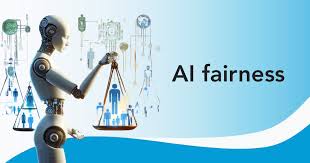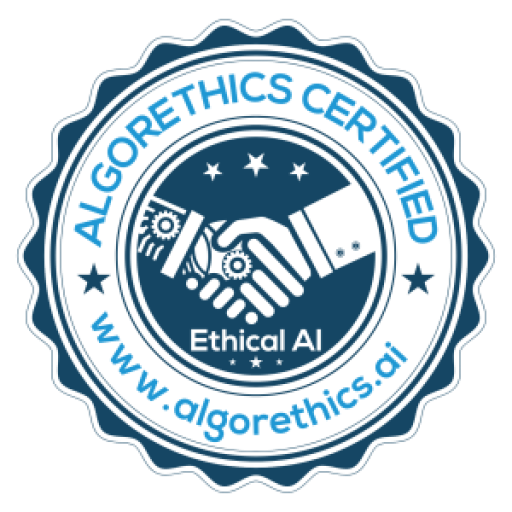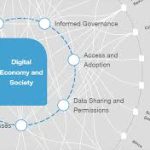The 2022 release of ChatGPT and subsequent foundation models sparked a generative AI (GenAI) explosion in American society, driving rapid adoption of AI-powered tools in schools, colleges, and universities nationwide. Education technology was one of the first applications used to develop and test ChatGPT in a real-world context. A recent national survey indicated that nearly 50% of teachers, students, and parents use GenAI Chatbots in school, and over 66% of parents and teachers believe that GenAI Chatbots can help students learn more and faster. While this innovation is exciting and holds tremendous promise to personalize education, educators, families, and researchers are concerned that AI-powered solutions may not be equally useful, accurate, and effective for all students, in particular students from minoritized populations. It is possible that as this technology further develops that bias will be addressed; however, to ensure that students are not harmed as these tools become more widespread it is critical for the Department of Education to provide guidance for education decision-makers to evaluate AI solutions during procurement, to support EdTech developers to detect and mitigate bias in their applications, and to develop new fairness methods to ensure that these solutions serve the students with the most to gain from our educational systems. Creating this guidance will require leadership from the Department of Education to declare this issue as a priority and to resource an independent organization with the expertise needed to deliver these services.
There are many examples of the use of AI-based systems introducing more bias into an already-biased system. One example with widely varying results for different student groups is the use of GenAI tools to detect AI-generated text as a form of plagiarism. Liang et. al found that several GPT-based plagiarism checkers frequently identified the writing of students for whom English is not their first language as AI-generated, even though their work was written before ChatGPT was available. The same errors did not occur with text generated by native English speakers. However, in a publication by Jiang (2024), no bias against non-native English speakers was encountered in the detection of plagiarism between human-authored essays and ChatGPT-generated essays written in response to analytical writing prompts from the GRE, which is an example of how thoughtful AI tool design and representative sampling in the training set can achieve fairer outcomes and mitigate bias.
Beyond bias, researchers have raised additional concerns about the overall efficacy of these tools for all students; however, more understanding around different results for subpopulations and potential instances of bias(es) is a critical aspect of deciding whether or not these tools should be used by teachers in classrooms. For AI-based tools to be usable in high-stakes educational contexts such as testing, detecting and mitigating bias is critical, particularly when the consequences of being incorrect are so high, such as for students from minoritized populations who may not have the resources to recover from an error (e.g., failing a course, being prevented from graduating school).
Given the harms that algorithmic bias can cause in educational settings, there is an opportunity to provide national guidelines and best practices that help educators avoid these harms. The Department of Education is already responsible for protecting student privacy and provides guidelines via the Every Student Succeeds Act (ESSA) Evidence Levels to evaluate the quality of EdTech solution evidence. The Office of Educational Technology, through support of a private non-profit organization (Digital Promise) has developed guidance documents for teachers and administrators, and another for education technology developers (U.S. Department of Education, 2023, 2024). In particular, “Designing for Education with Artificial Intelligence” includes guidance for EdTech developers including an entire section called “Advancing Equity and Protecting Civil Rights” that describes algorithmic bias and suggests that, “Developers should proactively and continuously test AI products or services in education to mitigate the risk of algorithmic discrimination.” (p 28). While this is a good overall guideline, the document critically is not sufficient to help developers conduct these tests.
Similarly, the National Institute of Standards and Technology has released a publication on identifying and managing bias in AI . While this publication highlights some areas of the development process and several fairness metrics, it does not provide specific guidelines to use these fairness metrics, nor is it exhaustive. Finally demonstrating the interest of industry partners, the EDSAFE AI Alliance, a philanthropically-funded alliance representing a diverse group of companies in educational technology, has also created guidance in the form of the 2024 SAFE (Safety, Accountability, Fairness, and Efficacy) Framework. Within the Fairness section of the framework, the authors highlight the importance of using fair training data, monitoring for bias, and ensuring accessibility of any AI-based tool. But again, this framework does not provide specific actions that education administrators, teachers, or EdTech developers can take to ensure these tools are fair and are not biased against specific populations. The risk to these populations and existing efforts demonstrate the need for further work to develop new approaches that can be used in the field.
As AI is becoming increasingly used in education, the field of educational measurement has begun creating a set of analytic approaches for finding examples of algorithmic bias, many of which are based on existing approaches to uncovering bias in educational testing. One common tool is called Differential Item Functioning (DIF), which checks that test questions are fair for all students regardless of their background. For example, it ensures that native English speakers and students learning English have an equal chance to succeed on a question if they have the same level of knowledge . When differences are found, this indicates that a student’s performance on that question is not based on their knowledge of the content.
While DIF checks have been used for several decades as a best practice in standardized testing, a comparable process in the use of AI for assessment purposes does not yet exist. There also is little historical precedent indicating that for-profit educational companies will self-govern and self-regulate without a larger set of guidelines and expectations from a governing body, such as the federal government.
We are at a critical juncture as school districts begin adopting AI tools with minimal guidance or guardrails, and all signs point to an increase of AI in education. The US Department of Education has an opportunity to take a proactive approach to ensuring AI fairness through strategic programs of support for school leadership, developers in educational technology, and experts in the field. It is important for the larger federal government to support all educational stakeholders under a common vision for AI fairness while the field is still at the relative beginning of being adopted for educational use.







